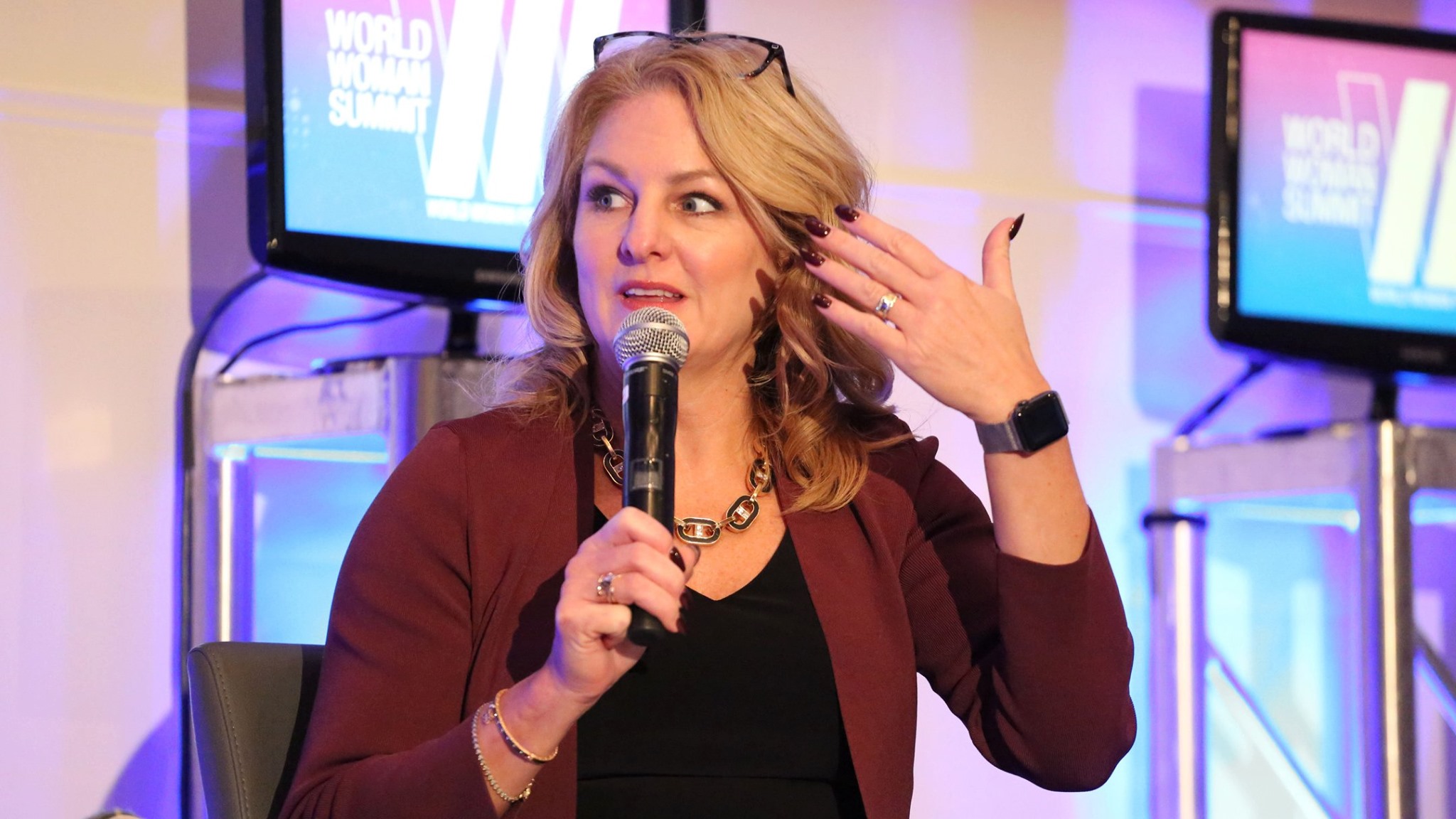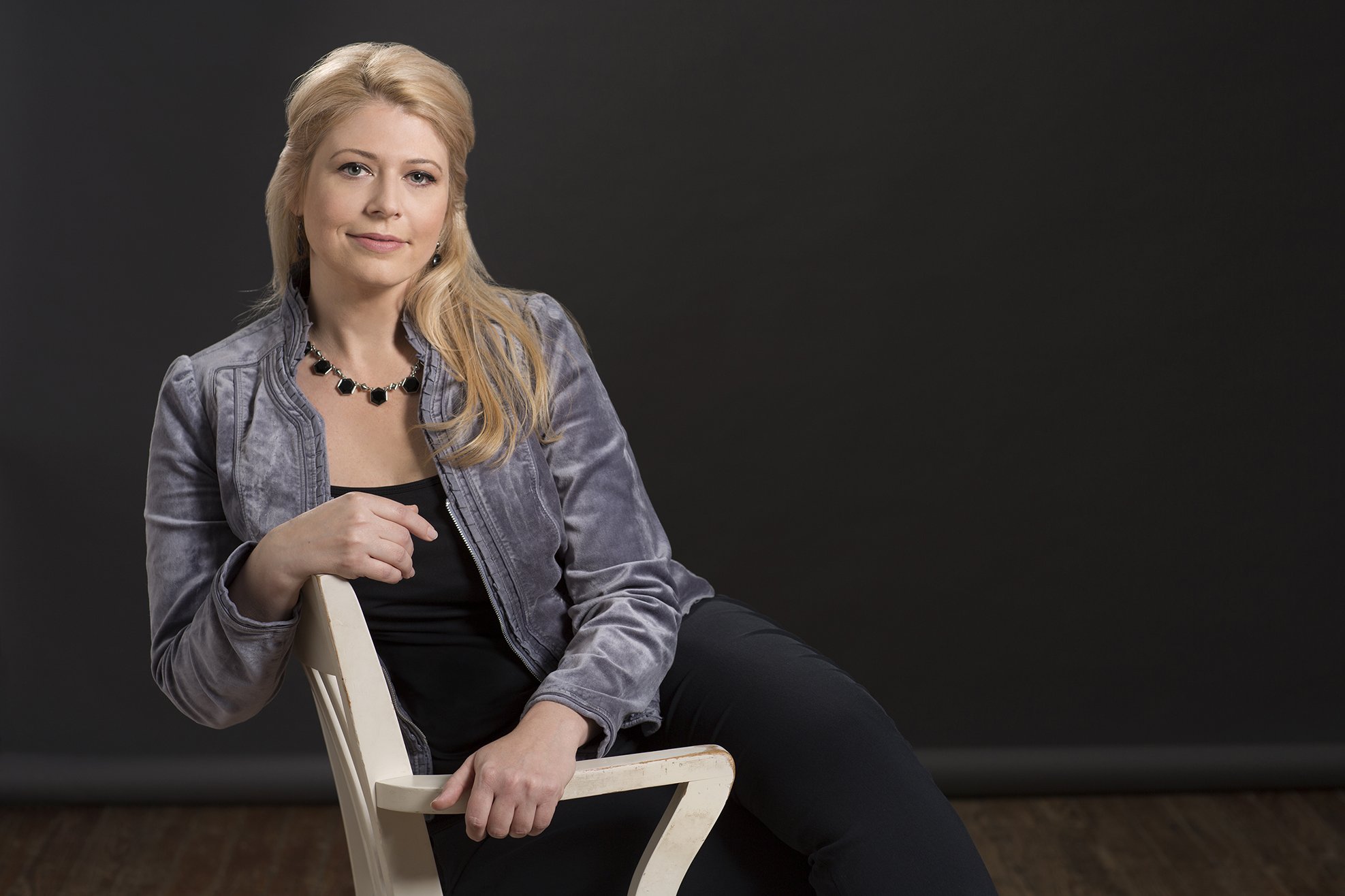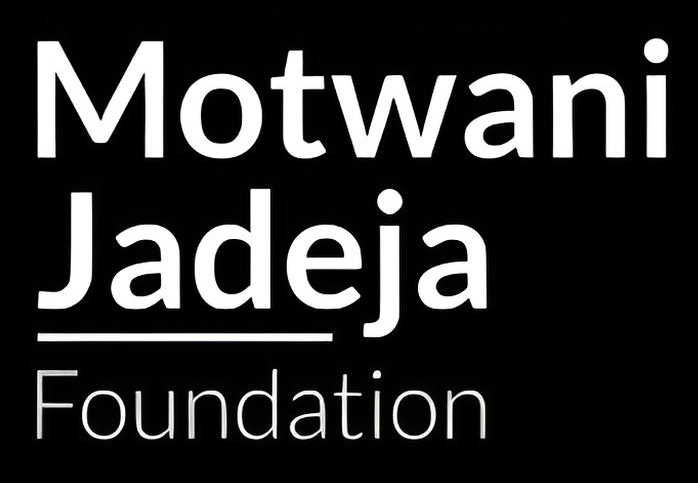Ask a consumer at the grocery store who they think is responsible for producing the food on the shelves, and the common answer is: a white man in his 50s.
While it’s true most North American farmers are Caucasian males averaging 58 years old, reports U.S. Department of Agriculture (USDA), if you dig more deeply you’ll find the number of women farmers in the U.S. has tripled since the 1970s. Women have made great strides in gaining ownership and operating farm businesses, today making up 31% of all farmers and are principal operators of U.S. farms. Expand that globally, and you find women of all ages and ethnicities participating in agriculture, from the field to the food supply chain to the retail store.
More women are involved in feeding the future as awakening is happening in modern agriculture. Gone are the days you needed forearms the size of a fence post to drive a tractor – the modern farm is run by technology, drones, and sensors. It takes brains, not brawn, to understand trade issues and highly volatile commodity markets, and to manage the ups and downs of consumer trends and demand. Women with business experience are leaving the C-Suite to become full partners and owners in farming operations and leaders in agribusiness. An increasing number of female leaders are making tough decisions when it comes to food purchasing, logistics, and governmental regulations.
With 9 billion mouths to feed on this planet by 2050, we need agricultural leaders of every size, shape, and gender. As more women enter the male-dominated field, they’ll be managing an even bigger share of land. This requires a newfound focus on sustainability for the longevity of the land, and to meet consumer demand for sustainably-sourced food.
That consumer demand is rising….a BCG survey of 9,000 consumers in nine countries found that most (86%) want food products that are “good for the world and me”—items that are labeled organic, natural, ecological, or fair trade. Indeed, according to another BCG study completed another study that reports 70% of US sales growth in retail chains comes from sales of sustainable products.
As demand for sustainable, nutritious and safer food increases, farmers are implementing new practices to produce higher-quality crops. Women represent ownership in more organic farms than any other type of farm across the world. Globally, especially in regions where farmers don’t have access to modern technologies, women are leading sustainable co-ops to share resources and building education centers around sustainable production techniques. Combine this with the fact that women make up half of the consumer dollar and workforce, and you have a powerful force in supporting sustainable agriculture.
It should be empowering for women to know they have a role in feeding the future. Female collaboration and communication will bring new ideas to the discussion on strategic, sustainable farm systems. Women will be key to leading and supporting modern agriculture



































